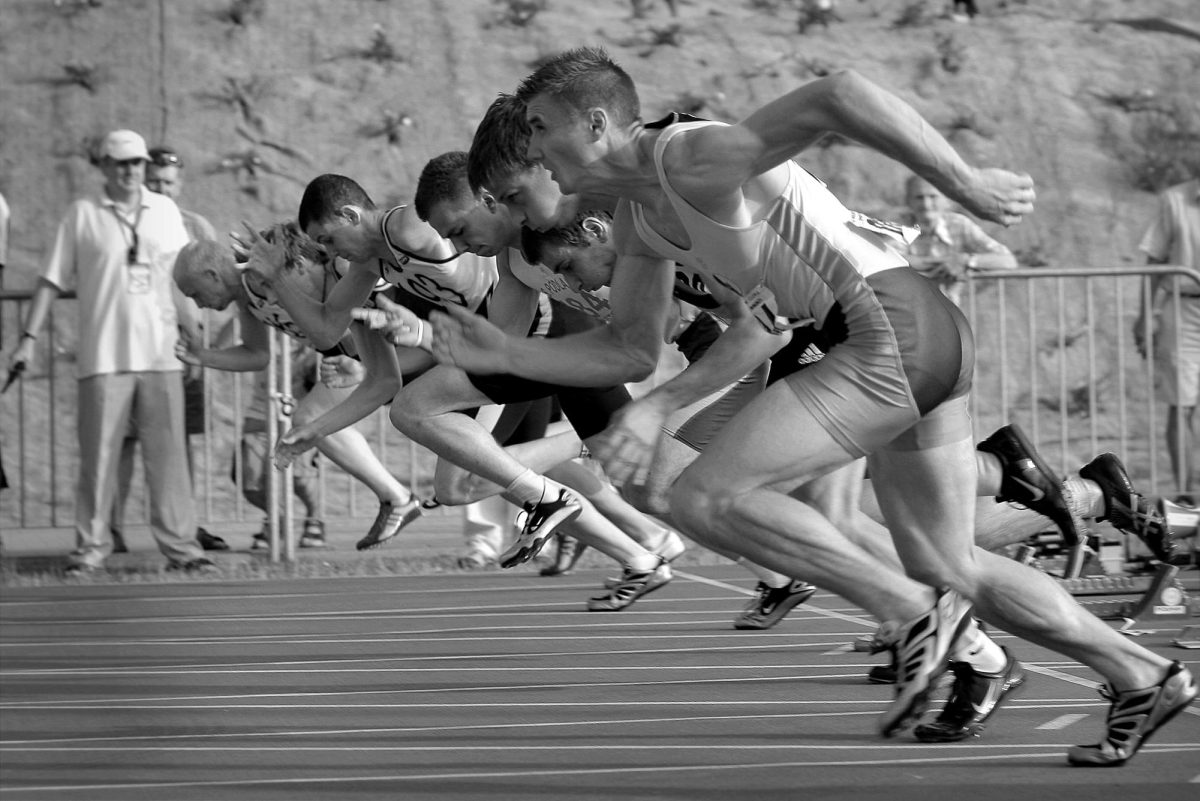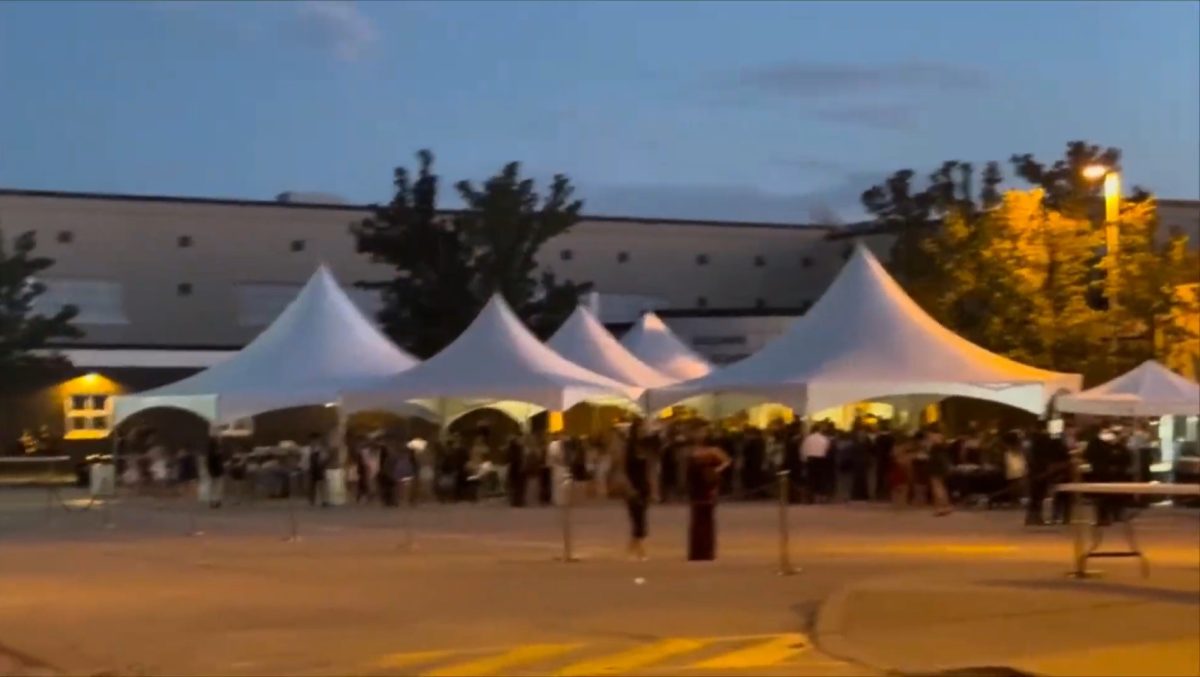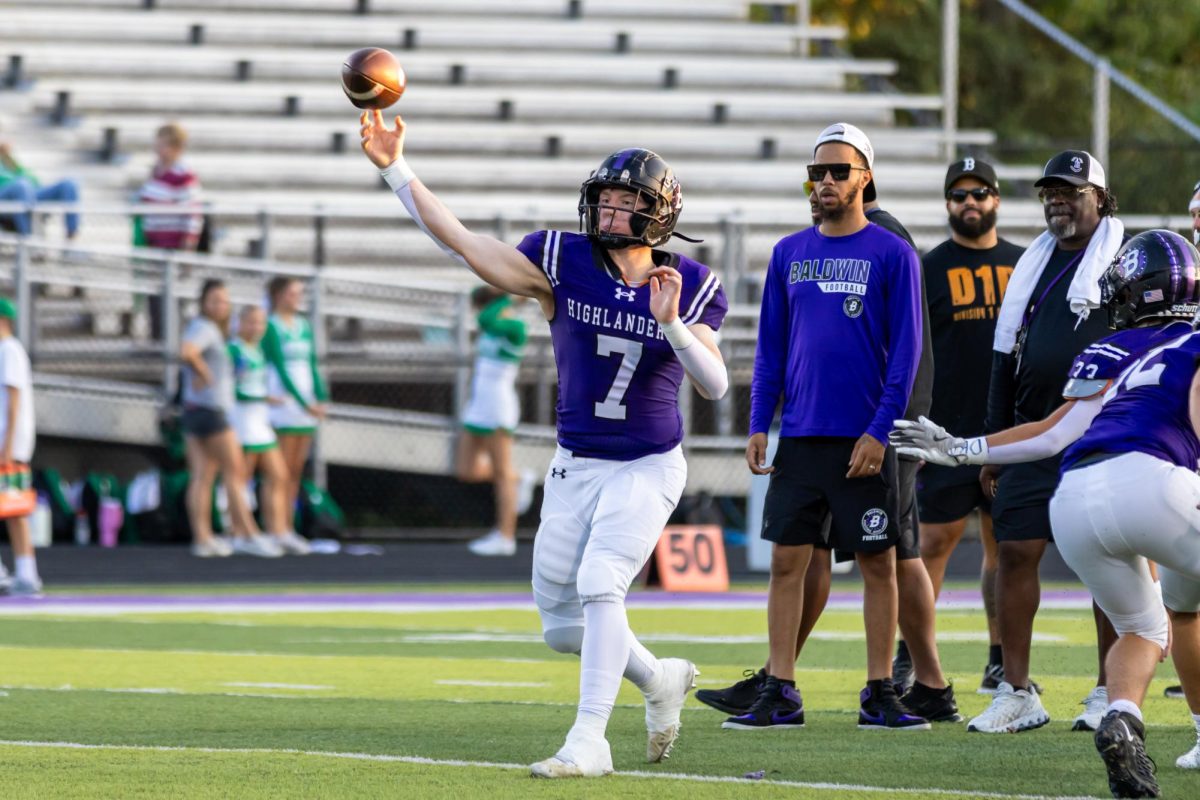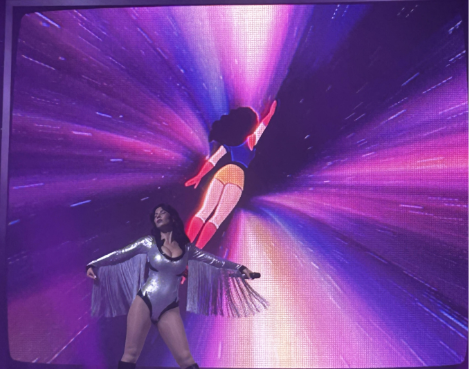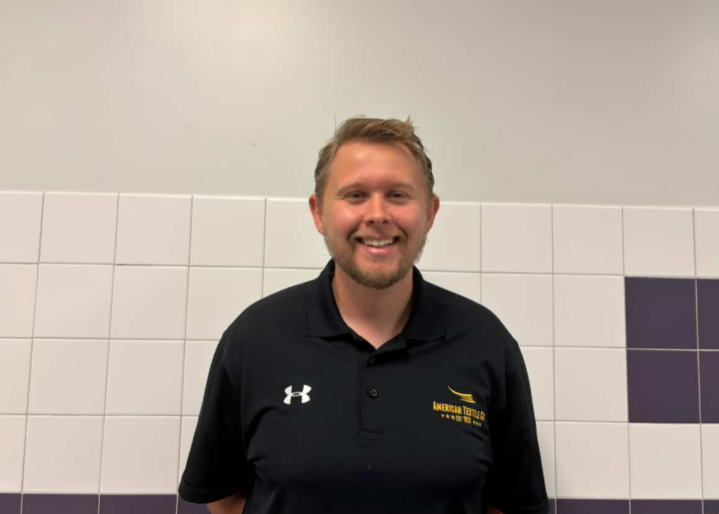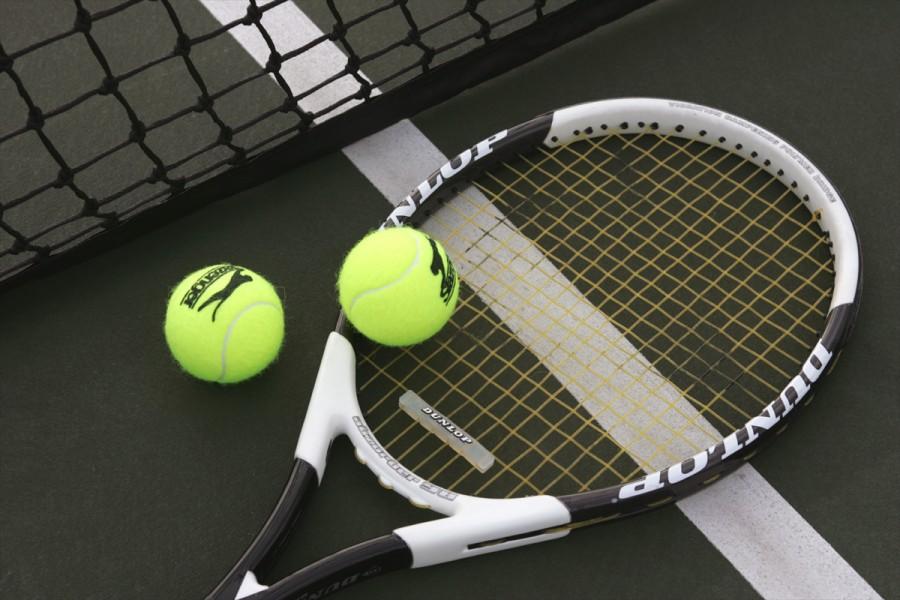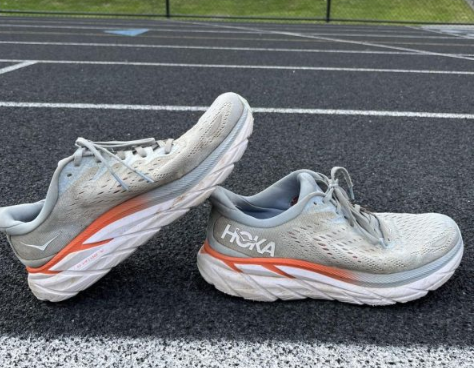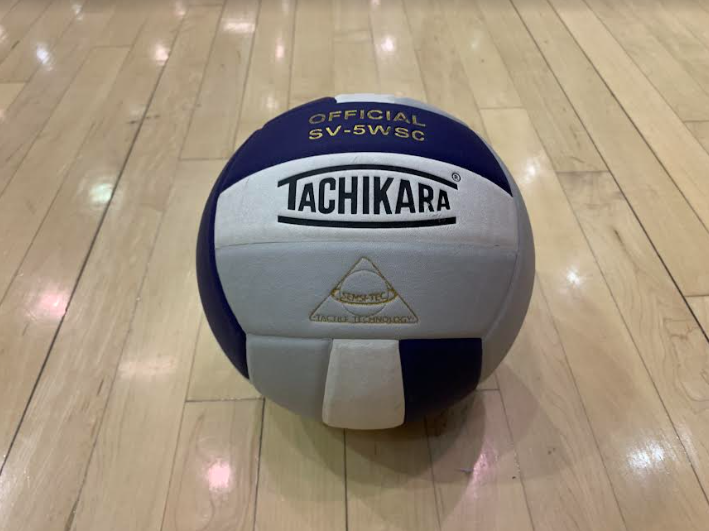Hitting a plateau in running, in which the athlete cannot progress in terms of speed despite continuing to practice, is a common issue.
Hitting a plateau is due to a number of things: overuse, overwork, sticking to a strict routine, and running at the same pace.
It happens to many athletes, and is sometimes hard to avoid. It can be due to many things and often happens to athletes who compete and train at a higher level than most – meaning Olympic runners or high-level college athletes.
A popular example of an athlete hitting a plateau involves Deena Kastor, an American long distance runner. She ran marathons, 5Ks, and many other long distance events, and she was ranked Number 1 in the world for the marathon in 2006. But she did at one point hit a plateau in performance. It was a point where she no longer got better. Eventually, though, she broke through the plateau and became highly competitive again.
To fight a plateau, many things need to happen. Training needs to be changed, rest and recovery need to be prioritized, and sometimes athletes must listen to themselves over the words of a coach or trainer.
Many times athletes get frustrated with this issue and it can lead to quitting and failure – when in reality, it is just a common step in the process and can be fixed with patience and time.
When these types of issues happen to high school athletes, it can be detrimental to their running careers. Training for these athletes, instead, could definitely be changed to fix the problem.
Hitting a plateau is a common issue, but with the right attention, it does not have to be the end of someone’s athletic career.

